Gorgeous Turn Land Rover Range Rover Series History (First Generation)
On the History of Cars, No.10:From the initial conception, to the ROAD ROVER test drive, and finally to the original RANGE ROVER () as we know it, more than ten years have quietly flown by. By June 1970, this car series, which had a considerable influence in automobile history, finally appeared.Past Review: Click to view the 9th article — — History of Range Rover Cars (Prequel)
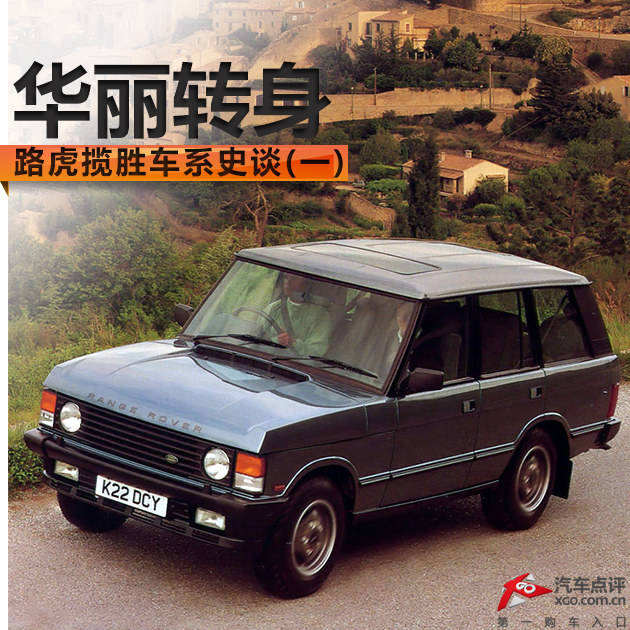
To some extent, it has many similarities with the earlier International Scout, Jeep Wagoneer or Bronco. They all provide better road driving performance and more comfortable interior while maintaining most of the off-road capabilities of the contemporary purebred off-road vehicles — — In other words, they are all the earliest SUV models, although no one had heard the word at that time.
But I have to say that they are quite different.
2Steel-aluminum mixed car body
Steel-aluminum mixed car body
Today’s vast majority of car fans, even today’s vast majority of Land Rover fans or riders, will probably think that the fourth-generation Range Rover, which was officially mass-produced in 2012, is the first model in the history of Range Rover to use a lot of aluminum alloy materials. However, this is not the case. The original Range Rover, which was put into production in 1970, has actually started to use aluminum alloys on a large scale.

△ The fourth generation Range Rover is the first Range Rover that uses a lot of aluminum alloy materials? No, all wet. The one behind her is.
When it comes to the whole Land Rover brand, aluminum alloy has been widely used since its birth. This was largely because it was difficult for ROVER Motor Company to buy enough steel — — In the early postwar period, Britain continued to maintain the rationing system during the war for quite a long time because of insufficient materials. At that time, there was a great gap in steel production in Britain, and because of the war, a large number of aluminum alloys, even magnesium-aluminum alloys, prepared for the aviation industry had a lot of redundancy — — Therefore, the engineers of ROVER used the magnesium-aluminum alloy body that looks extremely tall today on the original model of Land Rover, Land Rover Series I, with a steel chassis.
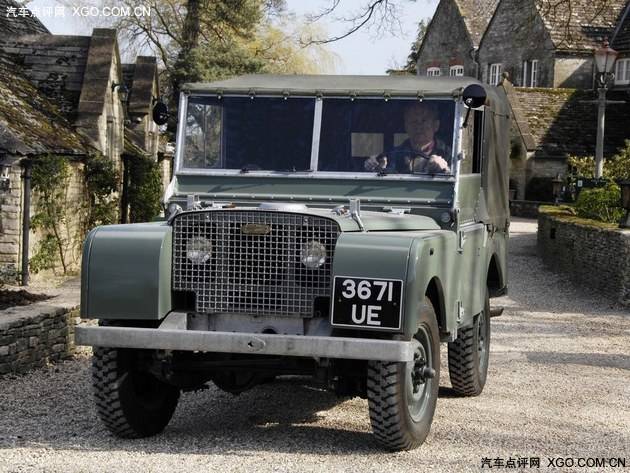
△ Land Rover has a long tradition of using aluminum alloy. The original Land Rover Series I was already a magnesium-aluminum alloy body with a steel chassis — — Of course, it must be said that the early Land Rover used magnesium-aluminum alloy, which was somewhat helpless.
On the other hand, this last resort has no adverse effect on Land Rover: compared with all kinds of steel that are more common in mass production vehicles, all kinds of aluminum alloys, including magnesium-aluminum alloys, are relatively low in density, so they are lighter in the same volume. At the same time, aluminum alloys are good in plasticity, easy to be processed into various shapes, excellent in strength and stronger in corrosion resistance than ordinary steel. If the supply is abundant and the price is low, aluminum alloy is simply the best choice as the body material of off-road vehicles.
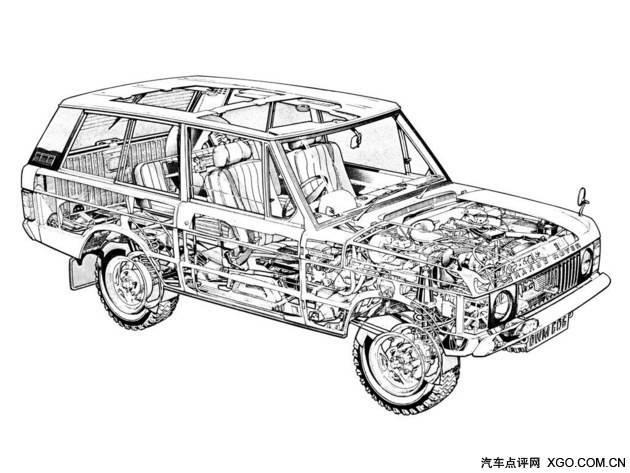
△ The sectional view of the previous model of the original Range Rover, which is made of steel frame with aluminum alloy sheet metal installed outside.
Good plasticity means easy repair, light weight means that the high center of gravity of off-road vehicles can be reduced somewhat, while corrosion resistance and high strength mean more adaptability in the wild. Yes, all these are advantages. However, the premise is that the cost is not too sensational. Land Rover Series I directly uses magnesium-aluminum alloy used in the aviation industry, in fact, more because it is war surplus materials during World War II, and the price is quite low. If it is the usual material supply, the price of magnesium-aluminum alloy for aviation is simply shocking, which will definitely make Land Rover Series I become a complete luxury from such a "returning weapon".
By the time of the first generation of Range Rover, although it was no longer possible to obtain cheap materials such as aluminum-magnesium alloy by using the surplus materials of World War II, Land Rover still maintained its original tradition and used a large number of aluminum alloy materials. On the original Range Rover, except the rear door and engine compartment cover, the whole body sheet metal is made of aluminum alloy.
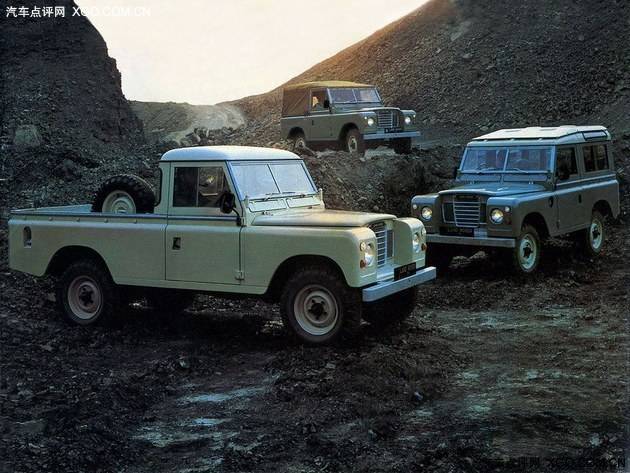
△ Until the Land Rover Series III in the 1970s, its body was still made entirely of aluminum alloy.
However, unlike the ordinary Land ROVER in the same period, the whole body is basically made of aluminum alloy. Because of its large body size, Range Rover used the "Safety Frame" structure that was previously used on ROVER P6 series cars (which was one of the most acclaimed and best-selling cars in Rover at that time). That is to say, the frame is mainly made of steel, and the aluminum plate is mainly used for sheet metal. Under the technical conditions at that time, this design provided better rigidity and durability, and at the same time, the characteristics of easy repair and corrosion resistance of aluminum alloy were maximized.
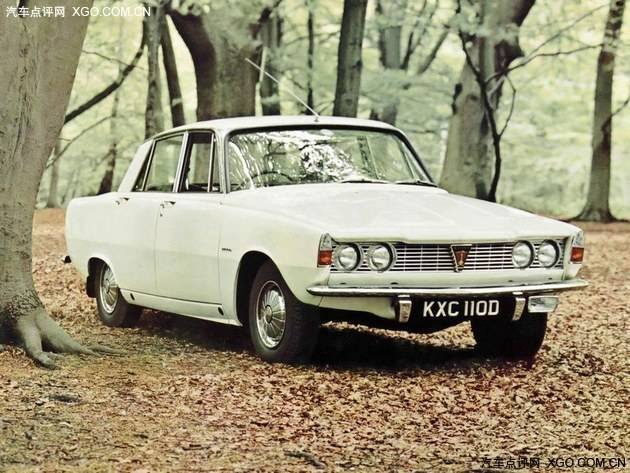
△ The original Range Rover used the "Safety Frame" structure first used in ROVER P6 car series — — Combining the main structure of steel frame with aluminum alloy sheet metal (the picture shows ROVER 2000, the first mass production model of ROVER P6).
The steel frame of the car body was naturally designed by Range Rover’s team of engineers. In order to carry out the road test, the team of engineers added sheet metal to the trial steel frame to simply protect the occupants and internal mechanical structure of the car, and at the same time, let the trial car meet the requirements of legal road driving in the UK. However, these casual designs were recognized by the designers inside the team, so that the designer team headed by the famous British automobile designer David Bache didn’t make too many changes at all, and only perfected the headlights and front grille on the trial car, which were too simple and unsightly, and completely determined its styling design.

The shape of the original Range Rover is basically no different from that of the early test car. The designer team appreciates this shape very much, only changing the headlights and the front air intake grille.
Obviously, the judgment of the designer team headed by David Bache is completely correct. The shape of the original Range Rover is really neat and classic. Later, the second and third generation Land Rover Range Rover, as well as previous generations of Land Rover, also inherited many design elements of the original Range Rover, and have been well received by fans.
threeFrom gate three to gate five
From gate three to gate five
In the early years, the Land Rover Range Rover only had three doors, namely two side doors and a tailgate facing up and down, although the Range Rover was originally a five-seat car (of course, there are four-seat versions of the Range Rover today to provide maximum comfort for the back seat). The design of the three doors makes it as inconvenient to enter the back seat as to enter those sports cars with 2+2 seats. Moreover, the design of the three doors also makes the two side doors too big and overweight.
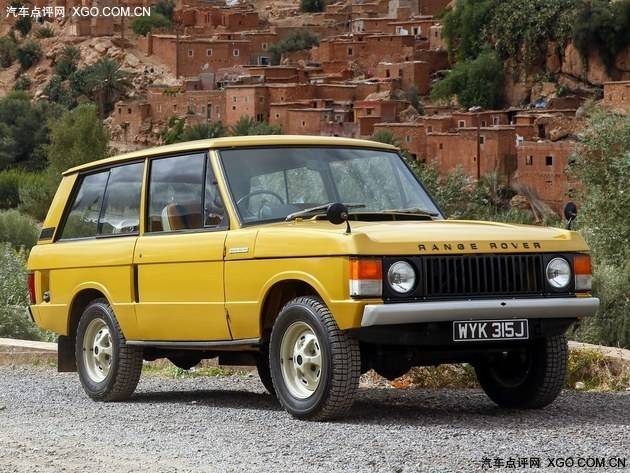
At the beginning of mass production, Range Rover only provided three-door models, and the design of the three-door model actually brought some inconvenience to quite a few consumers.
As a result, in order to solve this problem, in the late 1970s, some small car factories began to produce some five-door models based on the original Range Rover. One of the most famous works comes from Monteverdi, a Swiss car factory specializing in luxury cars and sports cars. This car factory began to develop a five-door Range ROVER in 1978, and the development work was greatly assisted by Rover Motor Company. The five-door Range Rover produced by this car factory — — This car is called RANGE ROVER MONTERDI— — It has been greatly welcomed by the market, which naturally makes ROVER Motor Company unable to do nothing.
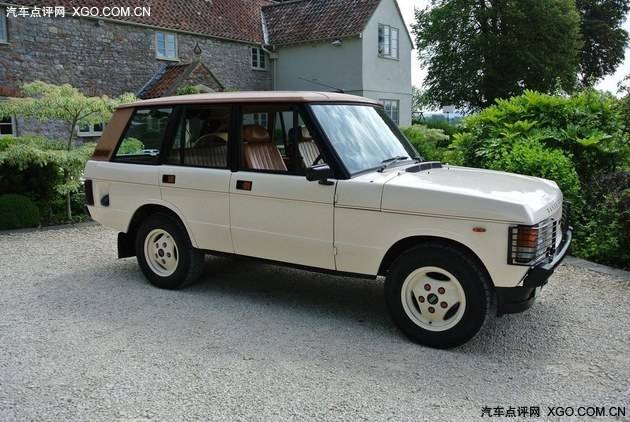
After seeing this business opportunity, some third-party manufacturers began to provide five-door models based on self-modification, the most famous of which is RANGE ROVER MONTEVERDI. The development of this car itself has also been greatly assisted by Land Rover.
As a result, in 1981, the five-door version of Range ROVER made by Rover Motor Company was born. This car quickly swept the world, almost completely replacing the original three-door version of the original Range Rover in most markets. Even in some markets, ROVER Motor Company soon stopped selling the original three-door version of the original Range Rover. For example, in Britain, the three-door version of the Range Rover was no longer available since 1984.
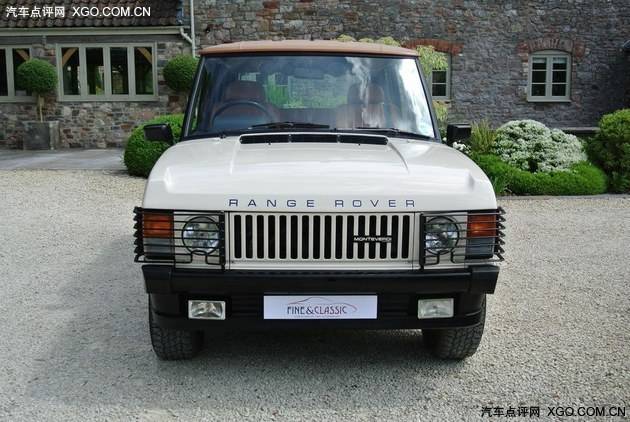
RANGE ROVER MONTEVERDI
However, it should be noted that although the sales volume and output of the three-door original Range Rover were greatly reduced after the launch of the five-door model, in order to meet the needs of some markets, it was still produced in 1995, that is, the year when the original Range Rover stopped production, but it was only sold in a few markets such as the French market.
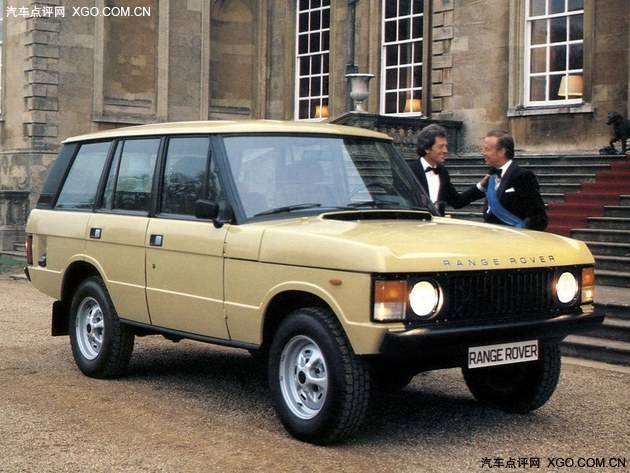
After determining that there is a huge demand for the five-door Range ROVER in the market, Rover also put into production its own five-door Range Rover in 1981.
In 1984, in addition to not selling the three-door version of the original Range Rover in many markets such as Britain, Range Rover began to be upgraded, and leather materials were used in cars, and automatic gearboxes could be selected to meet the needs of the market led by the United States, which hated manual gearboxes. In 1985, its interior was further changed. The instrument panel was changed into a newer style, modified from Austin Maestro, and the door interior panel was changed into a style modified from Austin Metro (with some walnut decoration).
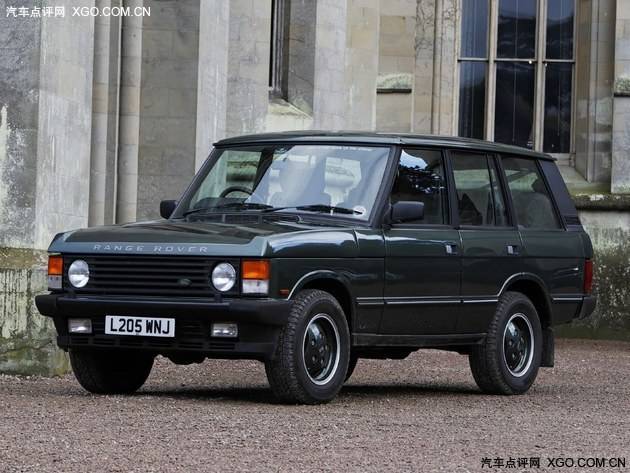
In 1986, the appearance of the original Range Rover was changed for the first time. Since then, the most obvious distinguishing feature of the models produced is that the horizontal air intake grille has been changed.
In 1986, the appearance of Range Rover was slightly changed. The most significant change was the replacement of the front air intake grille. The original vertical air intake grille was replaced by a new horizontal plastic grille, which greatly strengthened the ability of pedestrian protection. In addition, the fog lamp (installed on the front bumper) has also become an optional configuration since then. At the same time, the installation position of the front seat is also reduced, which optimizes the ergonomic characteristics and makes the front driver and passengers more comfortable.
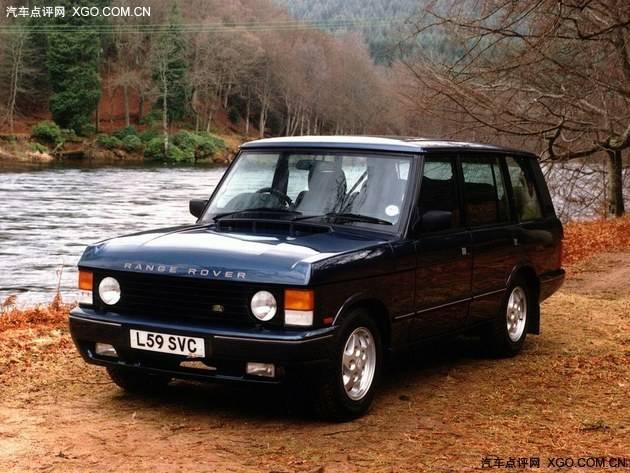
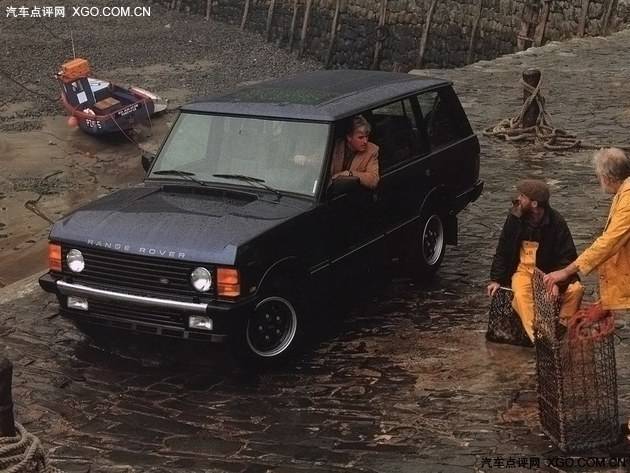
Two long wheelbase versions of the original Range Rover: Range Rover LSE (above) and Range Rover County LWB (below).
In order to improve the comfort of the rear passengers, in 1992, Range Rover introduced a long wheelbase version. The wheelbase of this car is 108 inches, which is 2743mm, which is 8 inches longer than that of the ordinary version — — Whether it is a three-door model or a five-door model, it adopts a wheelbase of 100 inches, that is, 2540 mm. This long wheelbase model is called "LSE" in the UK market and "County LWB" in the US market. In addition, it is worth mentioning that the standard 100-inch wheelbase version of the Range Rover chassis became the basis of the chassis discovered by the original Land Rover in 1989.
Note 2:At that time, both ROVER and Austin belonged to Austin Rover Group, so the original Range Rover used parts from Austin.
fourSuspension and control system
Continuously optimized suspension and control system
A great innovation of the original Range Rover is that it is different from all kinds of off-road vehicles using leaf springs at the same time. At the beginning of the birth of Range Rover, its suspension system — — The suspension form is very hard-core front and rear axle suspension — — Long-stroke coil springs were used, and the rear axle even adopted the design of separating the machine spring, which was extremely rare at that time, to provide good off-road performance and highway driving comfort at the same time.
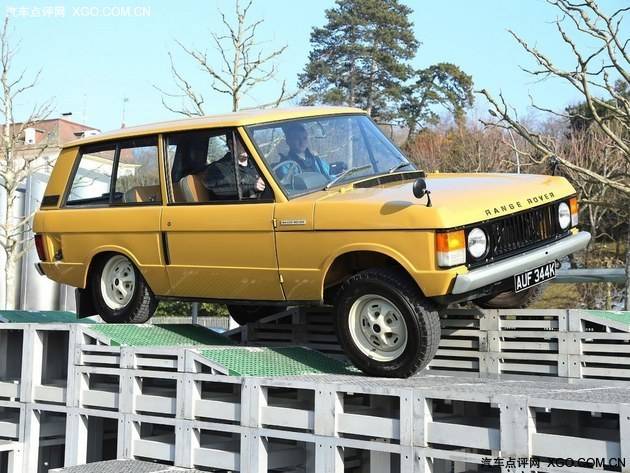
The original Range Rover took the lead in adopting long-stroke spiral springs among similar models, which gave it quite good off-road performance.
Of course, at that time, this design caused many off-road enthusiasts to question, but the first generation of Range Rover immediately proved itself through off-road performance, and when many years later, other off-road vehicles began to introduce this design on a large scale to provide a larger suspension stroke, the advanced nature of this design was once again proved.

At the same time, it also has the road driving comfort without losing the contemporary family car.
However, the chassis of the original Range Rover can’t be said to be perfect. One disadvantage brought by this set of very soft long-stroke spiral springs (although each of them has a bearing capacity of 1600 pounds) is that the Range Rover will roll when turning at high speed on the highway. Because of this problem, the suspension stroke of the original Range Rover produced in 1980 was reduced by 20mm to improve the stability when driving on the road. Later, the anti-roll bar was added to further improve this performance.
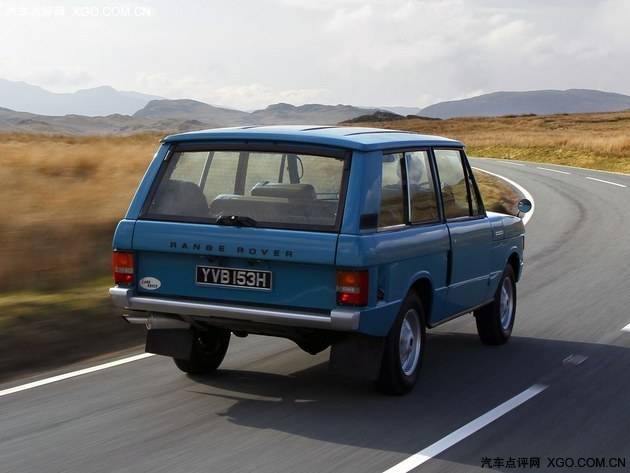
On top of the original Range Rover of the 1993 model released at the end of 1992, it was further equipped with an air suspension system that was almost impossible to see in off-road vehicles at that time — — The air suspension system was first used on large trucks, and in the early 1990s, a few luxury cars began to be used — — At the same time, the road performance and off-road performance are improved.
fivepower-driven system
power-driven system
At the beginning of its publication in June, 1970, the original Range Rover model had only one power unit to choose from. The ROVER V8 engine with a displacement of 3.5L (maximum power of 135ps) was equipped with a 4-speed manual transmission and a full-time four-wheel drive system. This power plant can accelerate the original Range Rover to 100km/h in 15 seconds, and the top speed can reach more than 150 km/h.. Of course, this is not worth mentioning at all today, and it can even be said that it is very bad. However, when it was published in 1970, this performance had completely surpassed the vast majority of family cars in Europe at that time.
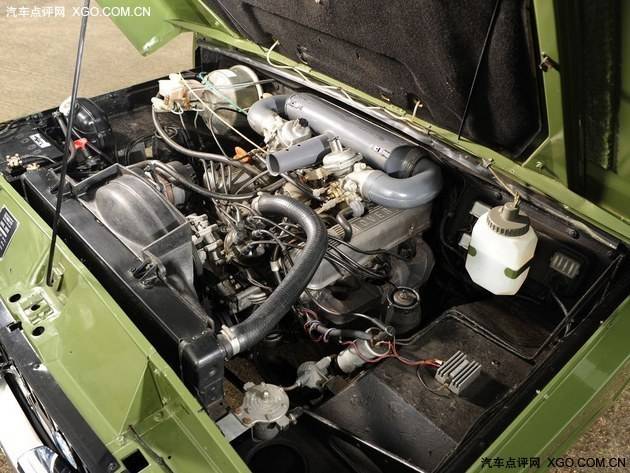
3.5L displacement ROVER V8 engine used in the early days of the original Range Rover.
Coupled with the excellent off-road performance and ride comfort of the original Range ROVER model, Rover Motor Company promoted it as "A Car For All Reasons", which is indeed true. In the product cycle of a quarter century, its power has naturally been upgraded: in 1982, a 3-speed automatic gearbox from was added; In 1985, this 3-speed automatic transmission was replaced by a more advanced ZF 4-speed automatic transmission. The 4-speed manual gearbox is gradually replaced by the 5-speed manual gearbox.
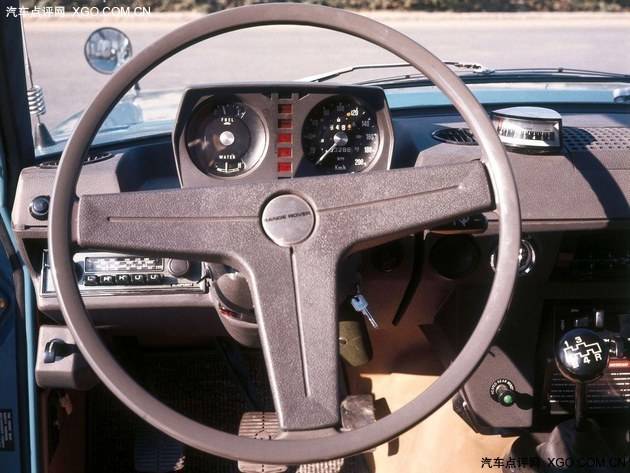
At the beginning of publication, the original Range Rover only provided 4MT gearbox.
As for the engine, in 1986, the Zenith-Stromberg carburetor was replaced by the electronic fuel injection system provided by Lucas, which improved the power output, fuel efficiency and emission performance. Since then, with the change of time, its electronic fuel injection system has been improved, and in the final version produced in 1990-1995, it has been updated to Lucas 14CUX. However, in relatively backward and hard areas, Range Rover continues to provide a carburetor-supplied version. In the later carburetor version, the carburetor was changed from the original Zenith-Stromberg carburetor to the version provided by Skinners Union.
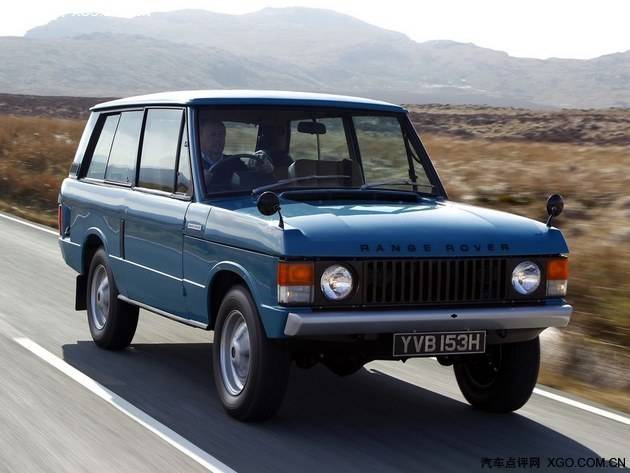
The combination of 3.5L V8 engine and +4MT gearbox can make the early model of the original Range Rover complete 0-100km/h acceleration in 15 seconds, and the top speed is more than 150 km/h.
In addition, the displacement of the later Range Rover is also different. In 1990, the displacement of the original Range Rover was expanded to 3.9L, and in 1992 it was further expanded to 4.2L. The acceleration time from 0-100km/h has been shortened to 11 seconds, and the top speed has been increased to about 180km/h for the later models using the ROVER V8 engine with 4.2L displacement and the 4-speed automatic gearbox made by ZF.
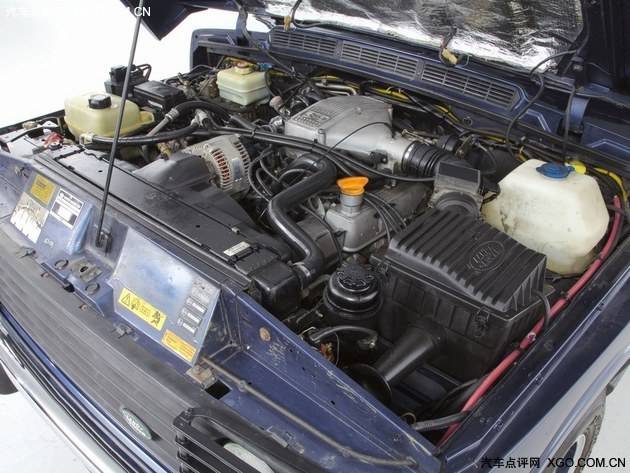
In 1990, the engine displacement of the gasoline version of the original Range Rover was increased to 3.9L
Of course, as an off-road vehicle, besides gasoline power, a diesel engine is also essential. Since 1979, ROVER and Perkins have cooperated to implement a project called "Iceberg" (meaning "iceberg"). This project aims to develop a diesel version of the 3.5L V8 engine. At that time, two diesel engines based on 3.5L ROVER V8 were developed, which were naturally aspirated and turbocharged versions.
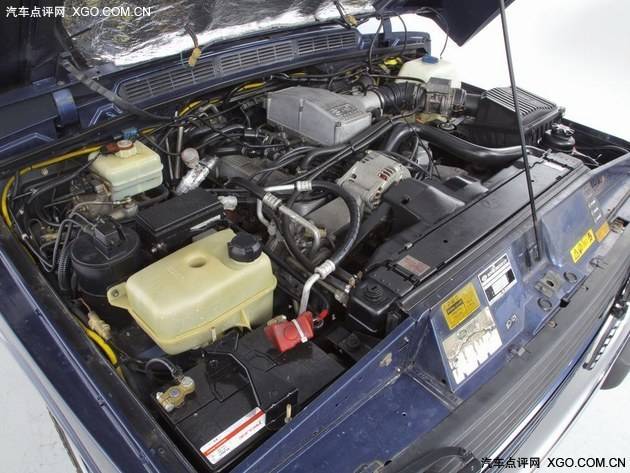
The 3.9L engine of the original Range Rover produced in 1990-1992.
However, because the diesel engine operates in a compression ignition mode different from that of the gasoline engine, the all-aluminum cylinder block of ROVER V8 — — The early all-aluminum engine strength was not so good — — Can’t bear this high pressure for a long time, so the project failed. However, the efforts to develop the diesel version of ROVER V8 engine were not completely in vain. The 4.2L displacement version of ROVER V8 gasoline engine mentioned earlier used the high-strength crankshaft developed for the "Iceberg" project at that time.
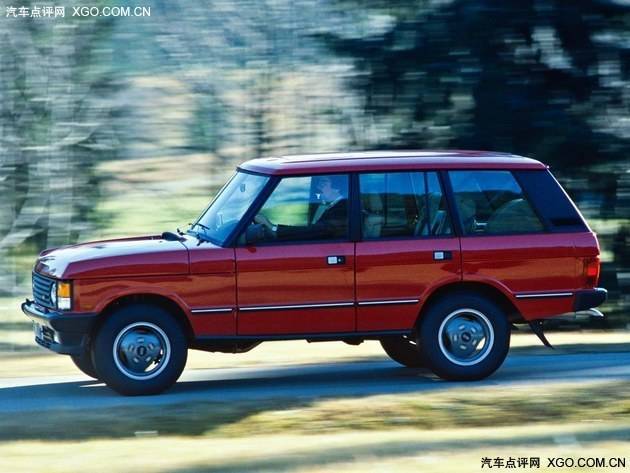
△ The acceleration time from 0-100km/h of the last gasoline version of the original Range Rover has been reduced to 11 seconds, and the top speed has reached about 180 km/h.
After the failure of the "Iceberg" project, ROVER did not give up his efforts to match a diesel engine for the original Range Rover, and finally this wish was realized by outsourcing the engine. Since 1986, Range Rover has produced a practical 2.4L inline four-cylinder turbocharged diesel engine provided by VM Motori, an Italian diesel engine manufacturer. The models equipped with this engine are mainly aimed at several European countries with high emission taxes. In 1989, the diesel engine of the original Range Rover was updated to a 2.5L inline four-cylinder turbocharged diesel engine also provided by VM Motori.
Not long after that, in 1992, the diesel engine developed by Land Rover, that is, the 2.5L inline four-cylinder turbocharged 200Tdi engine, was put on the original Range Rover, and then it was replaced by the newer 300Tdi engine with the same 2.5L inline four-cylinder turbocharged at the end of 1994.
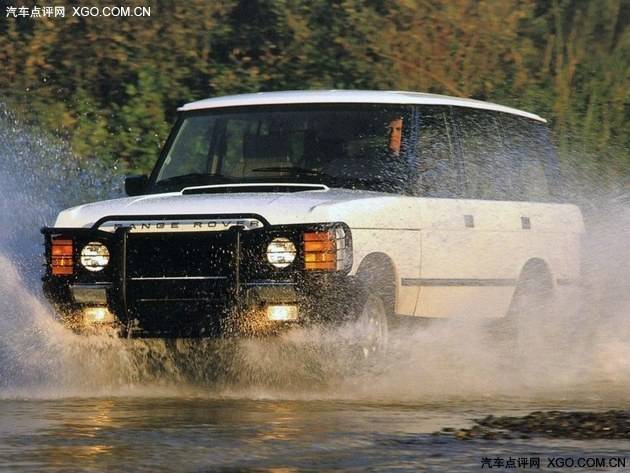
However, although diesel engines are an indispensable option for off-road vehicles, the markets including Britain did not recognize these diesel vehicles at first — — Obviously, the quieter and smoother V8 gasoline engine sounds more trustworthy — — In order to prove the capability of diesel engine models, Land Rover broke several records in 1987: they used a Range Rover with a 2.4L inline four-cylinder turbocharged diesel engine provided by VM Motori to drive continuously for 24 hours at a speed of over 160km/h to prove the performance and reliability of diesel vehicles.
sixA quarter-century classic
A quarter-century classic
As the beginning of Range Rover, the original Range Rover has been marketed all over the world for a quarter of a century. It can be said that with its forward-looking design, this model did not fall behind in the same period until it was delisted. The first use of long-stroke coil springs and air springs, the continuous improvement of suspension and power system, and the first attempt of luxury models and long-wheelbase versions have made this car a pioneer in many fields.
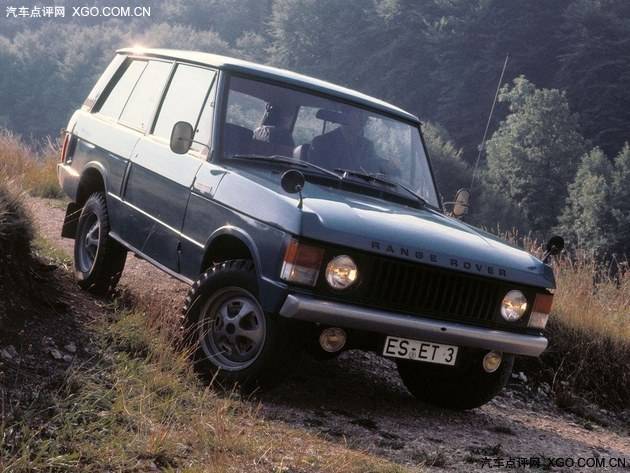
The original Range Rover, the previous model, three-door version.
However, the story of the original Range Rover is not just that. Because of its good reliability and excellent design rationality, this car has been transformed into a multi-purpose work car including ambulances and fire engines by many manufacturers, and it can be said to be the most SUV of its generation from all angles. Well, once again, at the beginning of the birth of Range Rover, there was no such word, and the original Range Rover was undoubtedly one of the models that defined the word.
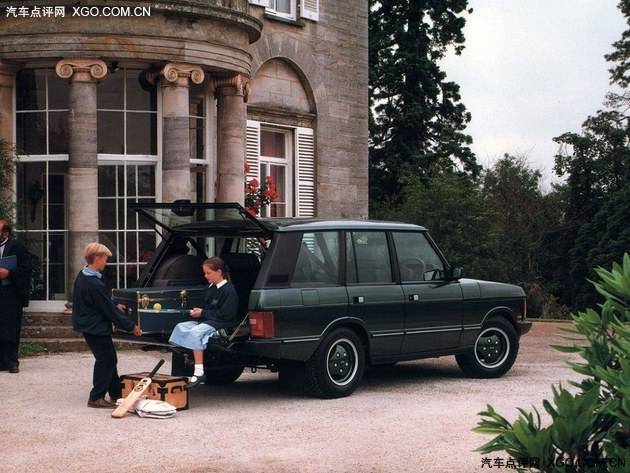
Original Land Rover Range Rover, later version, five-door model.
Due to the changes of the times, the development of technology and the changes of consumers’ preferences, there may never be a Range Rover that can achieve such great success in so many fields again. Yes, maybe that’s why the original Range Rover is often called RANGE ROVER Classic. She is really such a classic.